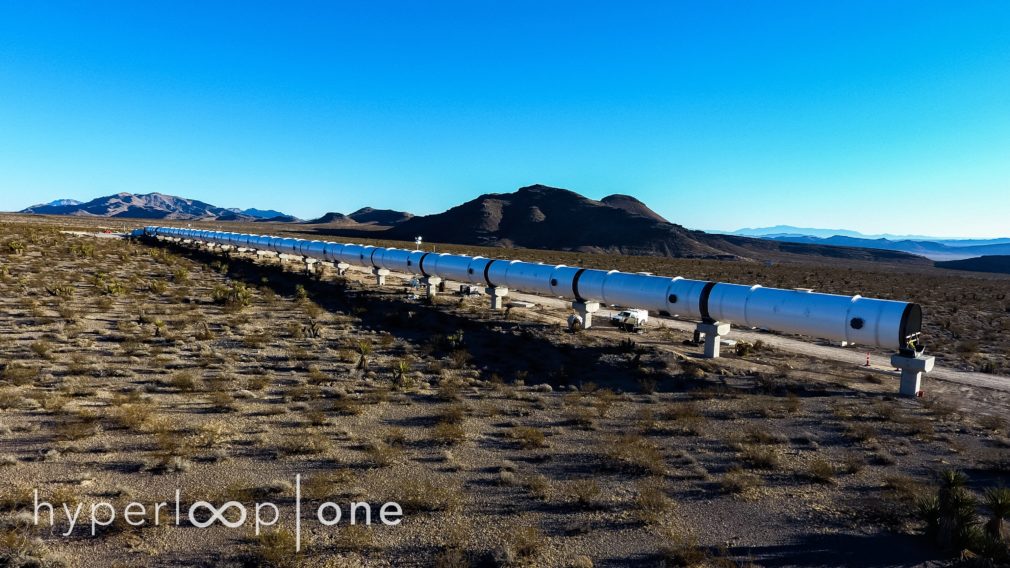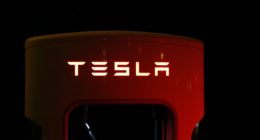Hyperloop One has continually been making progress to actually realize the concept that was dreamed up by innovator Elon Musk in a three-year-old blog post. The company’s building a high-speed transportation system which would be enabled people to zip through a near vacuum pipe while sitting in pod-like coaches, at speeds way higher than airplanes. With regards to the same, the company has a couple of announcements to share today.
The executives from Hyperloop One have today gathered in Washington D.C to detail its progress and meet with leading policymakers and transportation experts to discuss the prospects of the technology in the United States. Though it has already scored agreements to build its tube tracks in Dubai, the company has revealed eleven proposed routes in the country. Each of these tracks has been designed by an independent team, who’s been selected by the Hyperloop One Global Challenge. These routes link 35 cities and cover more than 2,800 miles in total.
But before going into further details of which routes can hold the most potential in the States, Hyperloop One had another significant development to share with the world. The company excitedly revealed it has completed the installation of its tube-shaped test track in the middle of Nevada desert, near Las Vegas.
Called DevLoop, this 1,640-foot long full-system track is the world’s first tangible testing track for hyperloop pods. It is now ready to test out the company’s levitation, propulsion, vacuum and control technologies. Talking about this new milestone, Shervin Pishevar, Hyperloop One’s executive chairman said,
The U.S. has always been a global innovation vanguard – driving advancements in computing, communication and media to rail, automobiles and aeronautics. Now, with Hyperloop One, we are on the brink of the first great breakthrough in transportation technology of the 21st century, eliminating the barriers of time and distance and unlocking vast economic opportunities.
This is an incredible feat for the Hyperloop One team as it provides us an outlook into how the future of transportation is shaping up. It is also interesting to see the progress as the company just showed us a handful of tubes laid down in the desert earlier this month & now everything has been laid out and ready for testing. This should be impressive to the U.S policymakers, who joined the executives to hear out (and take a look) at the proposed routes for the country. Hyperloop is willing to build about 3 of the most feasible tracks in the United States.
The company further detailed the proposals it has received for building hyperloop tube tracks across the United States. These involve routes for both freight and passenger and also an amalgamation of both of these. The shortest route has been proposed by Hyperloop Massachusetts, who want to cover a 64-mile distance between Boston and its smaller towns. The longest route, on the other hand, is proposed by the heavily-named Rocky Mountain Hyperloop Consortium. They’re looking to connect Cheyenne to Houston to cover both Colorado and Texas through a 1,152-mile track. It will only take 1 hour and 45 minutes journey by hyperloop as compared to the excruciating 17-hour car drive.
Out of these eleven proposals, five of them — including those from Texas, Florida, Colorado, Nevada, and Missouri — involve officials from the respective state Departments of Transportation. Some of these routes, such as Los Angeles-San Diego, Miami-Orlando, and Seattle-Portland, are looking to cut down on costs and freight delivery time. Hyperloop One’s panel of experts have hand-picked the following tracks from over 2,600 applications which it received as part of its Global Challenge:
Talking about the company’s continued progress, Rob Lloyd, chief executive officer of Hyperloop One said,
Hyperloop One is the only company in the world building an operational commercial Hyperloop system. This disruptive technology – conceived, developed and built in the U.S. – will move passengers and cargo faster, cleaner and more efficiently. It will transform transportation as we know it and create a more connected world.







